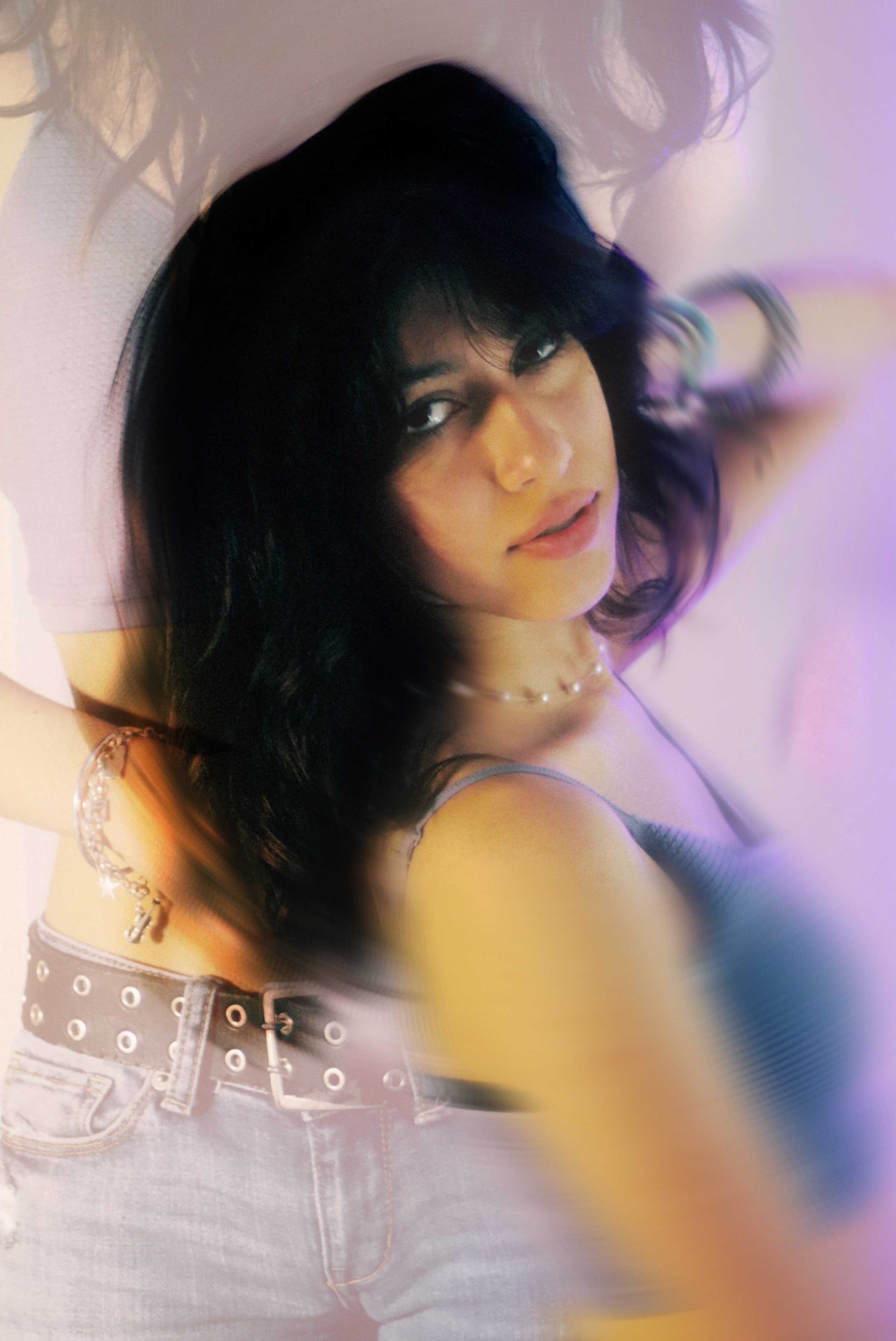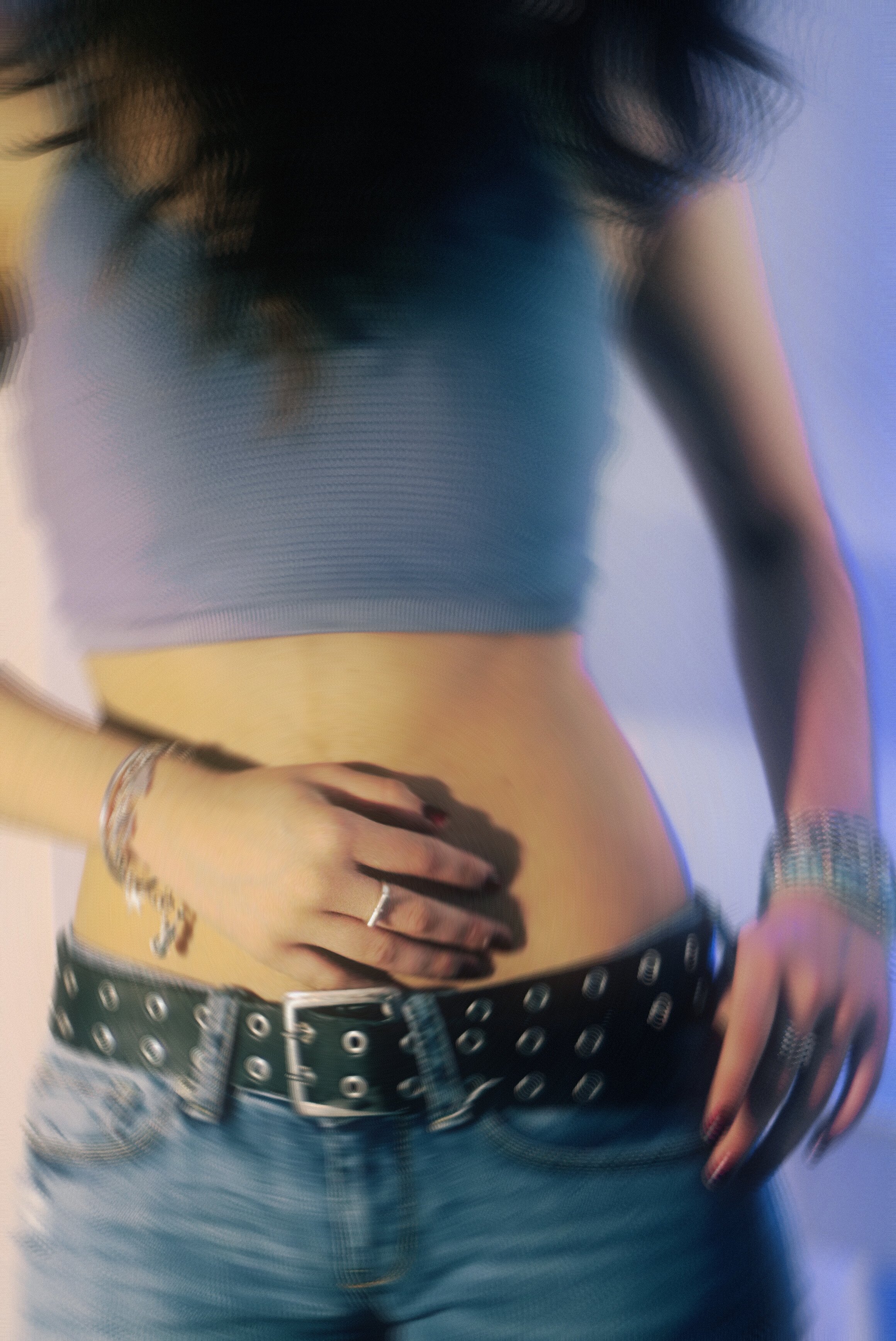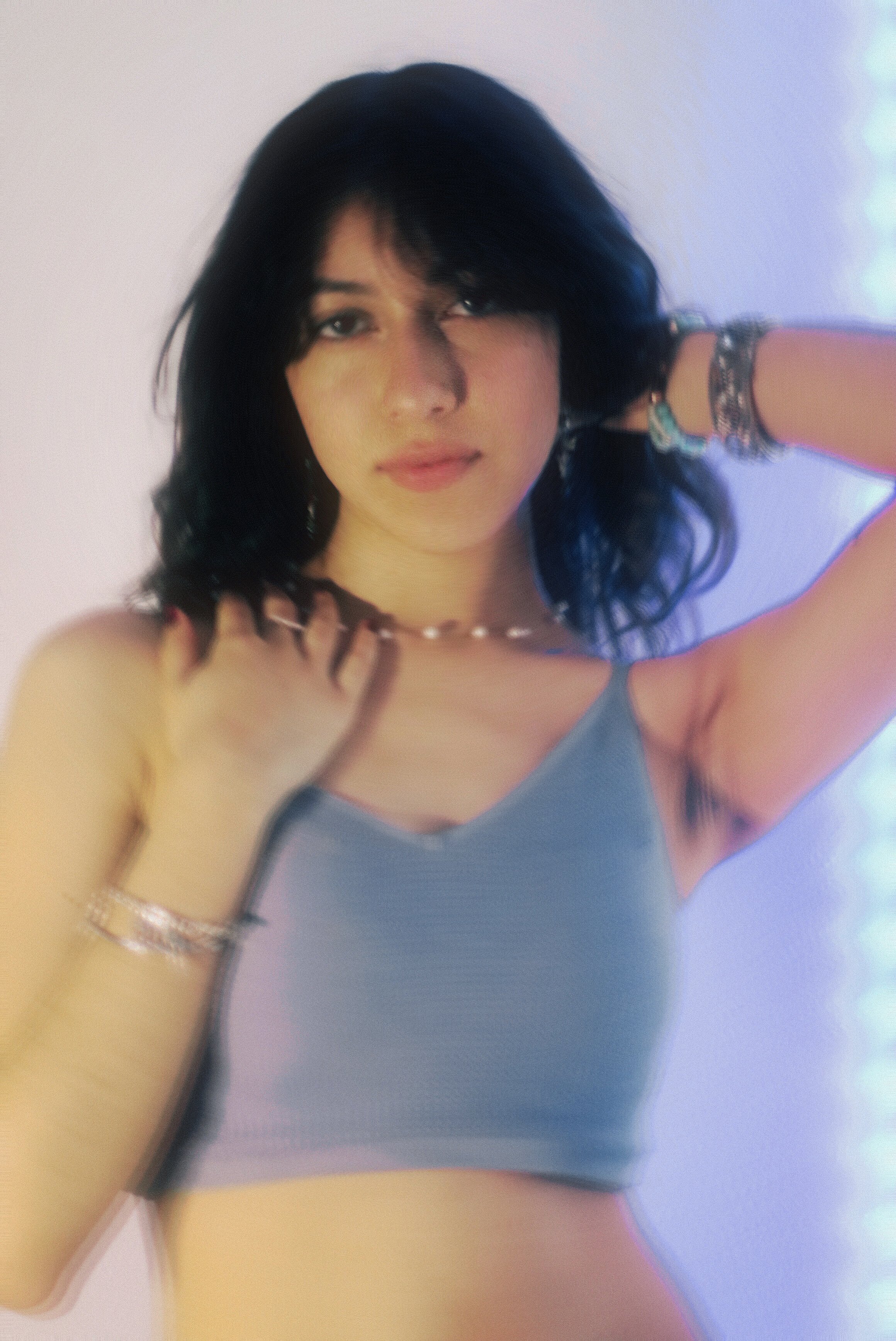Alice Through the Kaleidoscope
April showers bring May flowers. The seasonal transition to pleasant, sunshiney days brings along a period of growth. As nature blooms, peoples’ social lives tend to follow suit. While we are already halfway through spring, a season of a different essence is looming on the horizon: festival season. Raves are possibly the most unique and eccentric category of these events. The Merriam-Webster dictionary defines a rave as “a large overnight dance party featuring techno music and usually involving the taking of mind-altering drugs.” At first glance, rave culture is about a shared appreciation of music and partying, but with it comes the occasional drugs and other safety hazards. Are raves really all about unity and respect, or does something far more sinister lurk beneath their flamboyant, vibrant surfaces?
A distinct aspect of rave culture is the eccentric fashion tastes that seem to be characteristic of these events. Ravers can regularly be seen donning intricate outfits that tend to follow a particular trend. Loud patterns, radiant colors, sparkles, sequins, mesh, and an abundance of skin on display; these outfits seem to follow the idea that more is more. This concept of tasteful maximalism does not end at clothing choices, as we see it expressed through beauty styles as well. Many ravers put countless hours of thought and effort into their hair and makeup. Their beauty style tends to mimic the elaborate nature of their clothing with recurring motifs such as complicated, unnatural-colored braids and ornate makeup designs.
Perhaps one of the most unique aspects of rave culture is Kandi. Kandi is jewelry – often bracelets – made of vibrant, plastic pony beads. It can range from a simple, one-string beaded bracelet all the way to a colossal, three-dimensional, almost statuesque necklace. These accessories are frequently traded between ravers, following a ritualistic performance of hand symbols representing the core tenants of rave culture: peace, love, unity, and respect. Two people who want to exchange Kandi will form two peace signs with their fingers touching, then they will transition to both forming half of a whole heart. Next, they will place their palms together, wrapping their thumbs around the other person’s hand (like a hand hug). To end the ritual, the two people will interlock all of their fingers and take turns swapping Kandi from their wrist onto their partner’s. You may be wondering, why is PLUR – the acronym for those previously mentioned core values – so important? In a blog post from yesirave.com, one raver said that PLUR “is a set of values and mentality; a behavioral and ethical guide; a mantra that is embraced and spread by all ravers” further adding that “[i]ncorporating these values into the rave community is what makes the community so inviting.”
One of the most important aspects that set raves apart from other concerts is the genre of music playing at these events. EDM, an acronym for Electronic Dance Music, “is a broad term that encompasses a wide range of genres, including house, techno, trance, drum and bass, and more” which “is characterized by its use of electronic instruments and electronic music production techniques.” Popular artists in this genre include DJs such as Steve Aoki, Diplo, Avicii, and The Chainsmokers. As the name suggests, it’s music that you can dance to. Besides dance, there are a number of other activities occuring while the music blasts through the speakers. For example, some rave attendees spend their time putting on light shows, usually with gloves or light whips. In gloving, a performer has small lights attached to the end of their fingertips. They move their fingers in a serpentine manner, which can be incredibly mesmerizing in a dark environment. Light whips are composed of LED fiber optic lights attached to a handle that can be swung through the air or wrapped around the body to achieve a similar effect to gloving.
Both gloving and light whips are strongly associated with drug use. Specifically, they are linked with the use of stimulants and psychedelics such as MDMA, LSD, and psilocybin. This is because individuals under the influence of these drugs often experience visual hallucinations, making them more susceptible to the ethereal experience that these light shows create. Of course, not every person at a rave does these drugs. However, they are much more common than you may think. A study published in the journal Drug Alcohol Depend examined the association between rave attendance and drug use. The authors found that “[r]ave attendees were more likely than non-attendees to report use of an illicit drug other than marijuana.” 35.5% of rave attendees reported the use of such drugs compared to only 15.6% of non-attendees. More specifically, they stated that “those who had attended raves were much more likely to have used “club drugs” such as ketamine, GHB, powder cocaine, LSD, methamphetamine and Rohypnol.” If you recognized that some of these drugs – specifically ketamine, GHB, and Rohypnol – are common date rape drugs, you would be correct. This becomes even more frightening when you learn that a survey of rave goers in Great Britain reported “[n]early half of female festival goers (43%) under 40 say they have faced unwanted sexual behaviour [sic] at a music festival.” When we look at the rates of sexual harassment for victims of all genders, we see that “22% of all festival goers have faced assault or harassment” with “[t]he most common forms were unwelcome and forceful dancing and verbal sexualised [sic] harassment.”
Raves are undoubtedly a staple of the music and fashion scene. Additionally, many of us can learn from them and apply those core ideals of peace, love, unity, and respect to our everyday lives. However, it seems that raves, like most things, have their fair share of positive and negative aspects. If you do choose to attend one of these events, we urge you to take ample safety precautions. Use the buddy system, drink plenty of water, and do not take substances that a stranger gives you.
Written by Chloe Foster, Photographer: Alexis Holt, Social Media: Liane Nguyen



